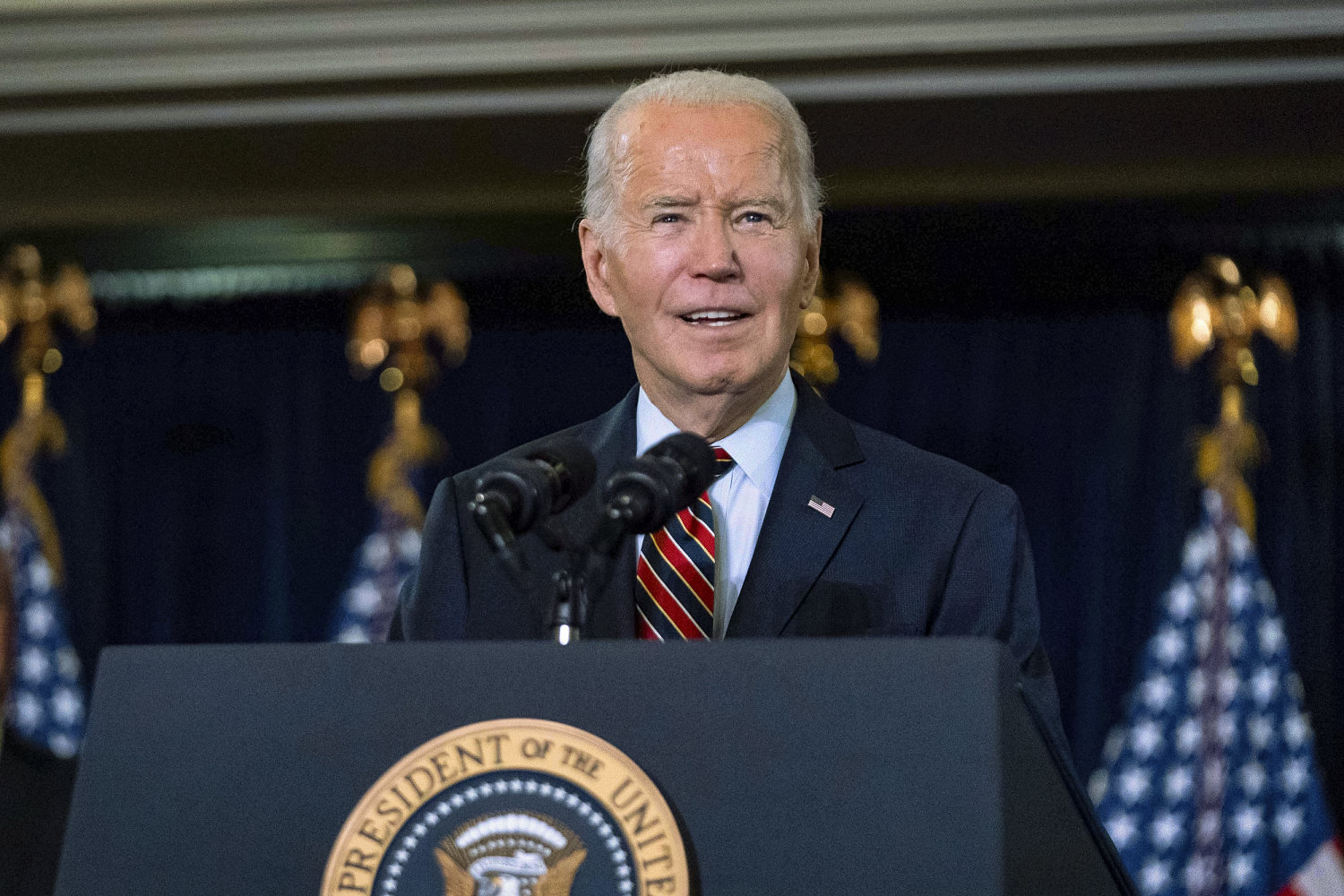Don't blame insurers for what doctor and hospital cartels did to US health care

The murder of the UnitedHealthcare CEO has touched off a wave of anger that’s easy to understand. “Deny, delay, depose” comes from the lived experiences of thousands of Americans. But how much does health insurance actually cost us? According to the American Medical Association, it’s just 6 percent of health care spending.
In other words, if insurers were to donate every cent of profit they made, your health care would become just 3 percent cheaper.
Health insurance mostly operates as a pass-through to send premiums to health care providers. That 6 percent cost covers insurers' profits, staff and other expenses needed to manage themselves. They use nearly all of their trillions of dollars in revenue to pay providers.
There are many reasons why health insurance goes a shorter distance in the U.S. than anywhere else. But we often overlook two key factors: anti-competitive practices by hospitals and a doctor shortage deliberately engineered decades ago.
The first problem is that hospitals in the U.S. do not compete for patients with respect to price.
For decades, until the Trump administration unveiled price transparency rules in 2020, the cost that insurers (usually your employer) and patients paid for their surgeries was secret, never to be disclosed before the bills arrived. Hospitals sued but failed to block the rules. Even today, 34 percent of hospitals continue to break those rules, according to the Department of Health and Human Services. The department has fined hospitals only four times to enforce the rules, and so avoidance of contentious talk on costs remains deeply embedded in health care’s culture.
The bottom line? Patients are unable to choose a provider that won’t bankrupt their families. Even insurers are unable to effectively negotiate with providers: One private insurer may pay 10 times more than another for the same MRI. On average, private health insurers pay 254 percent more than Medicare to cover their patients.
This is if patients are even fortunate enough to have more than one choice. Nearly half of all metro areas in the U.S. have just one or two hospitals (i.e., a monopoly or duopoly) for inpatient care. From 2000 to 2020, major health systems made 1,164 mergers, only 13 of which have been challenged by the Federal Trade Commission, despite raising prices for patients, insurers and employers.
Our second major problem is an artificial doctor shortage. America needs more health care workers. Hospital lobbyists have sounded the alarm on a shortage of 100,000 health care workers by 2028, even though the average physician made $405,000 annually in 2017 during their peak earning years. How did we get here?
Throughout the late 20th century, again and again, the American Medical Association, the doctors’ lobby, claimed that the U.S was “on the verge of a serious oversupply of physicians.” They demanded in 1997 that the U.S. train fewer physicians (as many as 20 percent fewer), and — training jobs for medical school graduates — declined or remained flat from 1970 to 2010 even though medical students became more competitive and far more qualified.
This is worth reiterating: There are more qualified medical students willing to become physicians than ever. But the American Medical Association asked our government to stop training them by fiat, like a cartel.
When asked about whether the American Medical Association demanded these changes to protect physician incomes, one of its trustees said, “That is not the agenda of this initiative. It is socially irresponsible to invest large sums in training doctors who are unlikely to find jobs practicing medicine after their training.”
Only experienced Canadian doctors are consistently permitted to practice in the U.S. without going through years-long residencies with grueling 60-80 hour work weeks. Doctors with decades of experience in countries with high-performing health systems, including the Netherlands and Australia, are not.
As a result, two seemingly contradictory things are true: We have fewer physicians per capita than most wealthy countries, even though physicians in the U.S. are paid more than anywhere else, at twice as much as in Europe, even after accounting for how much Americans earn.
This is not a criticism of how much physicians get paid. But paying physicians more only reduces their attrition rate. That does not go very far if we aren’t training more physicians to replace those who inevitably retire and to treat more patients.
America’s response to the doctor shortage has been slow. A few states first began loosening restrictions on immigrant doctors practicing in the U.S. without residency in 2023. And while the U.S. expanded training slots for doctors in 2017, federal 2023 legislation to further expand residencies remains stuck in committee. Meanwhile, understaffed hospitals have burned out so many physicians, despite their pay, that the AMA has reversed its position in asking the government to train more doctors.
Republicans and Democrats have plenty of interesting policy choices coming from think tanks, whether that’s incremental changes transitioning from fee-for-service to value-based health care or more radical single-payer health care. They are out of the scope of this piece.
But this much is clear: Simply siphoning taxpayer or insurer money to inflate wages will not alone solve our health care woes. Costs will not come down unless we enforce price transparency and antitrust rules on hospitals undermining competition. We cannot protect patients’ health unless we have more doctors; accelerating states’ loosening of doctor residency rules and passing the Resident Physician Shortage Reduction Act will save lives. Enforcing competition and increasing supply are two pillars essential to any plan to save America’s healthcare system.
James Nguyen is a health care attorney who has practiced on behalf of mid-sized hospitals in Ohio. He is studying for an LLM in health law at Georgetown University.
Topics
-

Most Americans partly blame high insurance profits for UnitedHealthcare CEO killing: Poll
Nearly 7 in 10 Americans think that profits made by health insurance companies had either a great deal or moderate amount of responsibility for the killing of UnitedHealthcare CEO Brian Thompson ...The Hill - 1d -

Many believe US healthcare industry was to blame in CEO killing, poll reveals
Americans point to coverage denials and steep profits from insurance industry after Brian Thompson’s killing. In a new poll , more than two-thirds of respondents said they believed denials of ...The Guardian - 1d -
What happens if you don't pay credit card debt that's in collections?
There could be repercussions for not paying credit card debt that's gone into collections. Here's what they are.CBS News - 1d -

'Would he have lived?' When insurance companies deny cancer care to patients
Health insurance company interference is rising, an NBC News investigation found. Doctors say the stakes are highest in cancer care, where delays can be the difference between life and death.NBC News - 1d -

King Charles III Has Special Christmas Message for Health Care Workers
King Charles’ Christmas remarks were recorded at Fitzrovia Chapel in London.Inc. - 3d -
Biden signs defense bill, despite ban on transgender health care for military kids
President Biden has signed the annual defense authorization bill into law.CBS News - 4d -

Biden signs defense bill despite objections to ban on transgender health care for military children
Biden said his administration strongly opposes the provision because it targets a group based on gender identity and “interferes with parents’ roles to determine the best care for their children.” ...NBC News - 5d -

Money for 9/11 Health Care Was Dropped from Year-End Spending Bill
A plan to ensure long-term funding to address health needs stemming from the terrorist attacks fell to the wayside after President-elect Donald Trump and Elon Musk objected to a bipartisan budget ...The New York Times - 5d -

Health Care Costs Are a Nightmare for Small Businesses—and They’re Going Up in 2025
Some business leaders say providing employees with health care coverage is a “nightmare,” while others forgo it entirely. Here’s how you can minimize your costs in the months ahead.Inc. - 5d
More from The Hill
-

Dozens dead after plane goes off runway in South Korea
The Hill - 2h -

Kari Lake says she won't seek office again
The Hill - 3h -

Crockett slams Democrats for choosing 'seniority' over those who are 'best equipped'
The Hill - 5h -

FBI investigating killing of inmate after assault by correctional officers
The Hill - 6h -

Colorado man accused of attacking TV reporter, asking him if he's a US citizen
The Hill - 7h